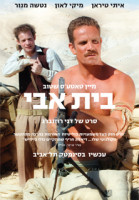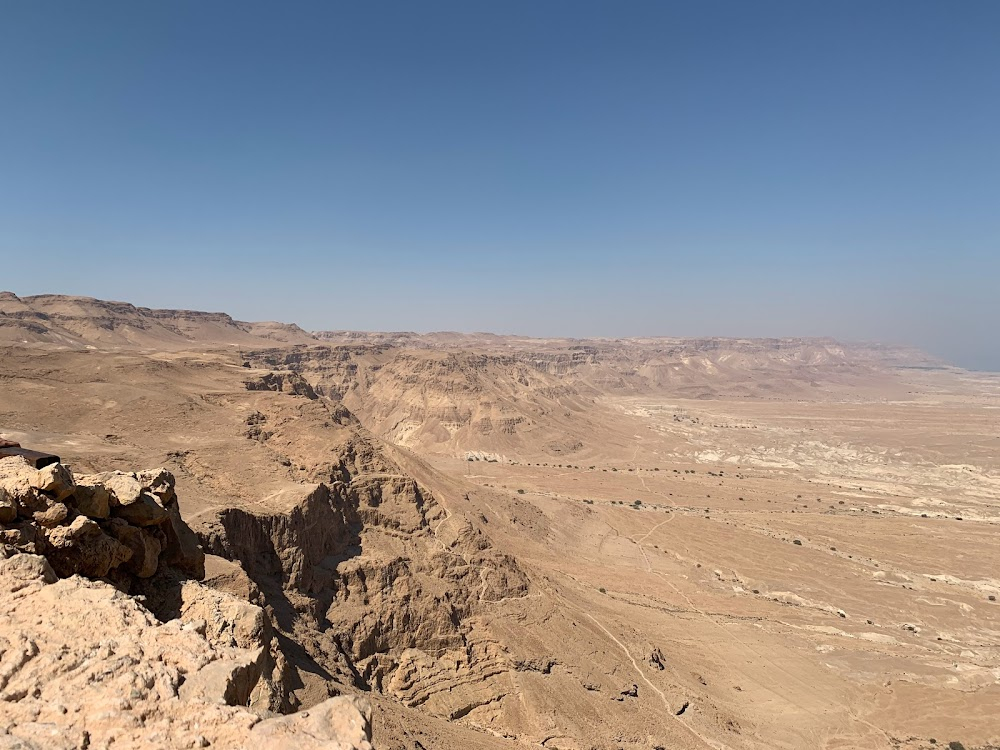Homeland Filming Locations

Where was Homeland filmed? Homeland was filmed in 2 locations across Israel in the following places:
Homeland Filming Locations
Jerusalem is a city in the Southern Levant, on a plateau in the Judaean Mountains between the Mediterranean and the Dead Sea. It is one of the oldest cities in the world, and is considered holy to the three major Abrahamic religions—Judaism, Christianity, and Islam.
Homeland (2008)
1948 War . Lolek,a young Holocaust survivor arrives in Israel and thrown in the middle of the desert. A stranger to the language and the new identity he is given, he is assigned in an isolated post under a brutal commander and the burning sun. Afflicted by homesickness and the heat, he sets out to look for some shade. "Homeland offers not only a revisionist account of Israeli history, but of Israeli cinema as well. More than any other Israeli director, Dani Rosenberg explores the price paid by the individual for the demands put on them by the Zionist endeavor. Other Israeli filmmakers, no matter how critical of the Zionist project and of Israeli society, tended to mitigate the stress of this demand by placing their protagonists within the context of a collective-commonly represented by a small group of people or a family-and in doing so, submitted their anguish to its impersonal logic. By placing this community outside of the film's frame and by rendering the significance of the struggle against its demands uncertain, Homeland turns that anguish into a challenge to talk about Israeli history.." Prof. Shai Ginsburg/Duke University "Through the story of two Jewish Holocaust survivors, who roast out in the hot dessert sun as the War of Independence rages, Rosenberg tackles issues such as the artificial construct of the "Sabra", and the connection between Jewish and Arab refugees. One of the characters (Itay Tiran) is a most recent immigrant who is actually trying to get to Haifa to find his girlfriend, and finds himself on a lonely hilltop in the middle of the dessert. The other (Mikki Leon) is waiting for him on that hilltop and has already become the Sabra. He is mustached, tan and muscular yet underneath that he is hiding the Diaspora Jew that Zionism tried to exorcise. This surrealistic situation, which recalls Rafi Bukai's film "Avanti Popolo", becomes even more strange and encumbered by the fact that all the dialogue is in Yiddish. The erotic, sadomasochistic relationship between the two- the pale weak Diaspora Jew and the tanned macho commander, express a concrete question about the ways in which, the Jew is attracted, in an almost Fascistic way, to power. The "discovery" of an abandoned Palestinian village by the character portrayed by Itay Tiran, who stumbles upon the body of a local boy, supplies the film with one of its most powerful moments and expresses the Holocaust survivor's attraction to death. The element of violence that the new immigrant identifies with on his way to becoming a "new Jew" leads to a surrealistic departure scene in which the character says good bye to the old Diaspora world. All of a sudden, the timeless discussion of Jewish victimhood is seen in a different light. This is an issue that has been already presented by new historiography of Zionism, but not yet by the contemporary cinema..." The History of Violence, Yair Raveh, Cinemascope

